Stingless beekeepers are using traditional knowledge to manage hives and protect their precious forests. See how they do it.
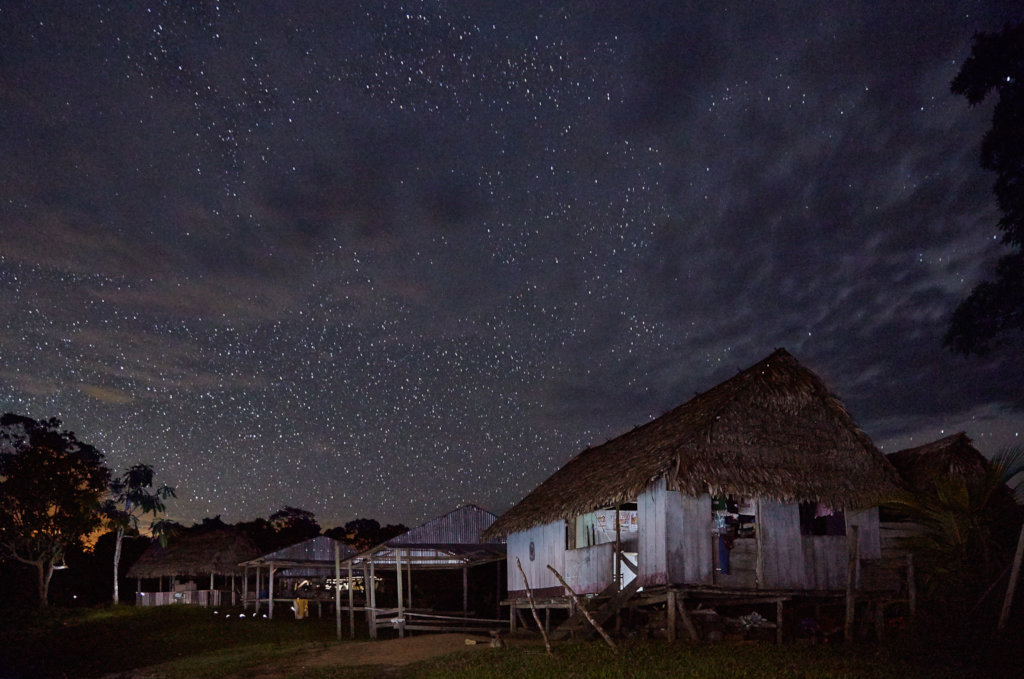
This is a community on Maijuna lands in the Peruvian Amazon.
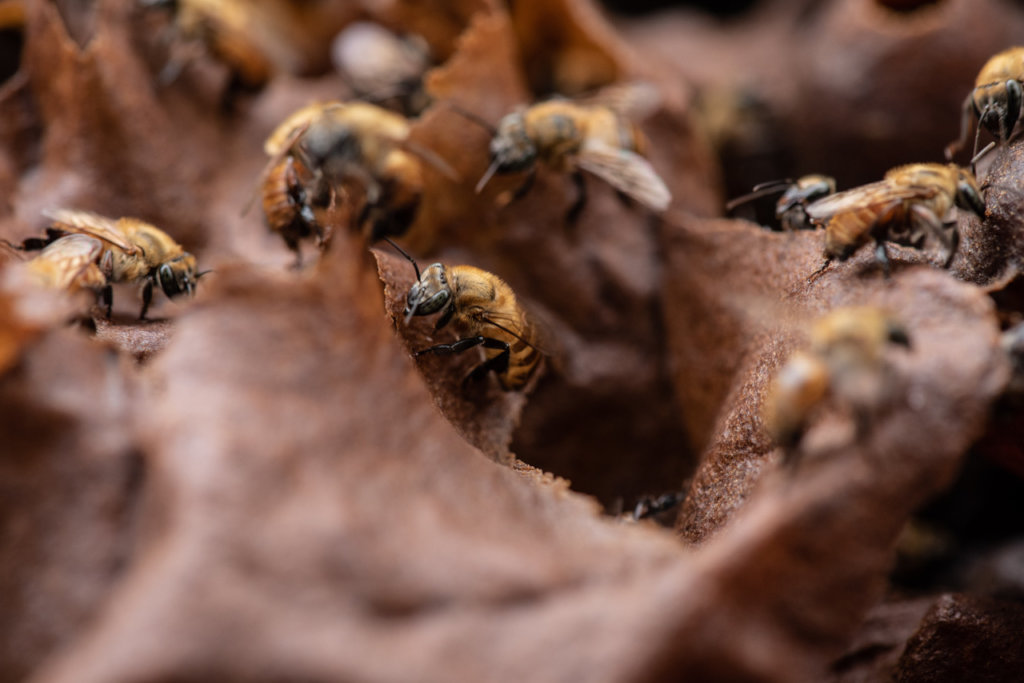
This is a stingless beehive.
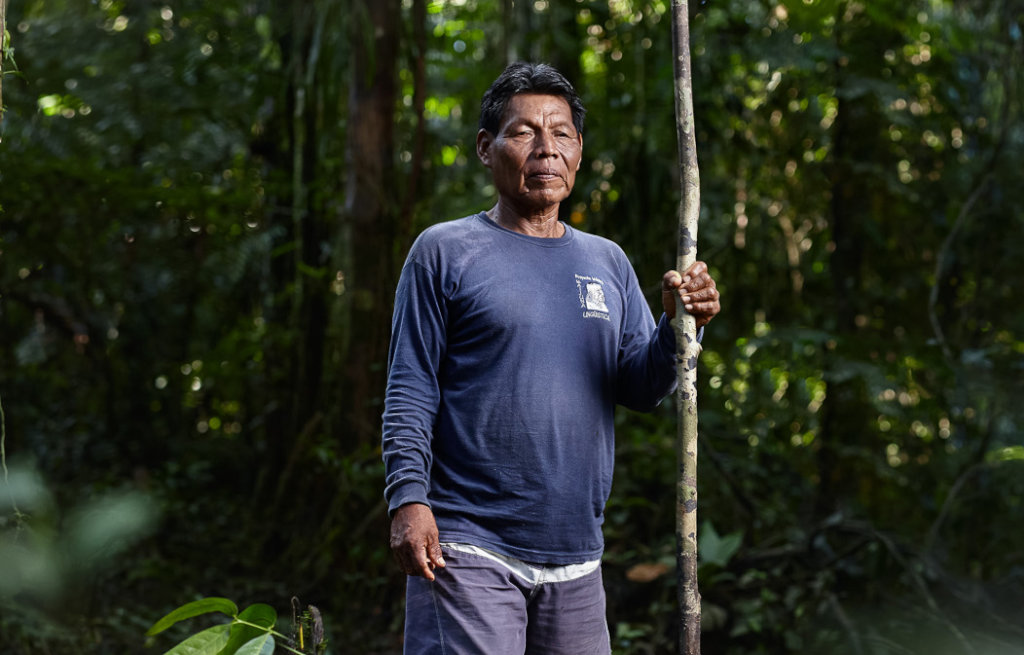
And this is Sebastián.
He is a Maijuna leader who is also leading his family in keeping stingless bees, a species native to their ancestral rainforests in Peru. Their honey is tastier, smoother, and rarer than other varieties. It’s used for all kinds of medicinal purposes across Peru.
Sebastián and his family have known of stingless bees and their distinctive qualities for generations. The bees fill their forests and are honored in their songs and dances.
But the Maijuna didn’t keep them or sell their honey until 2016.
Marketing crops, rainforest resources, or products crafted from palm fibers earned families less than $2 a day. So logging and other activities that provided income at the expense of their land were tempting ways to meet their needs.
Beekeeping is their alternative.
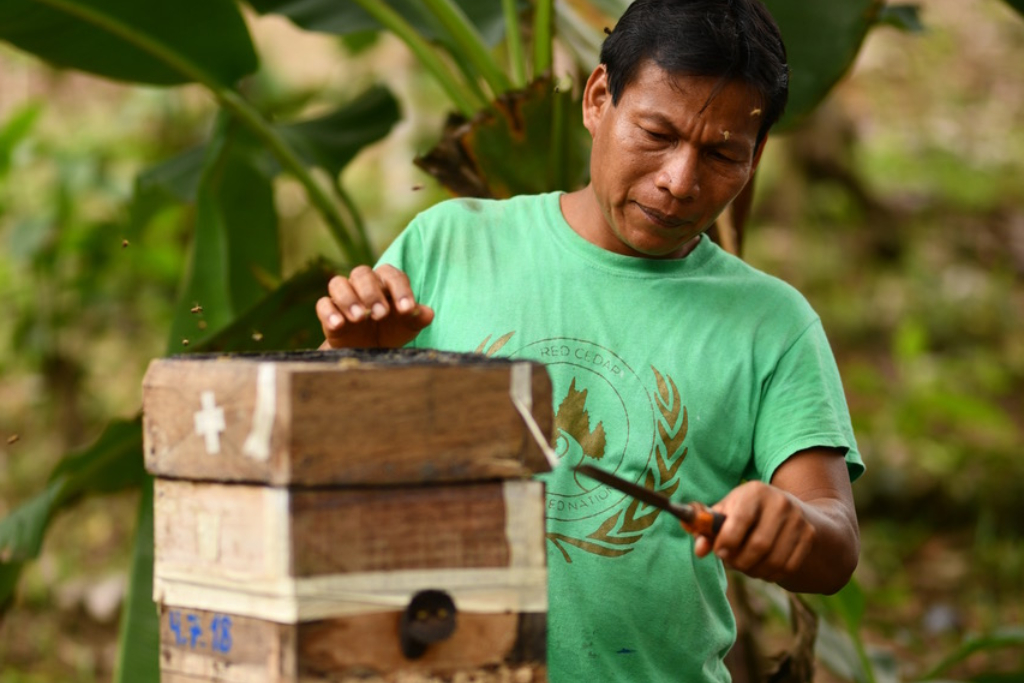
They maintain the hives.
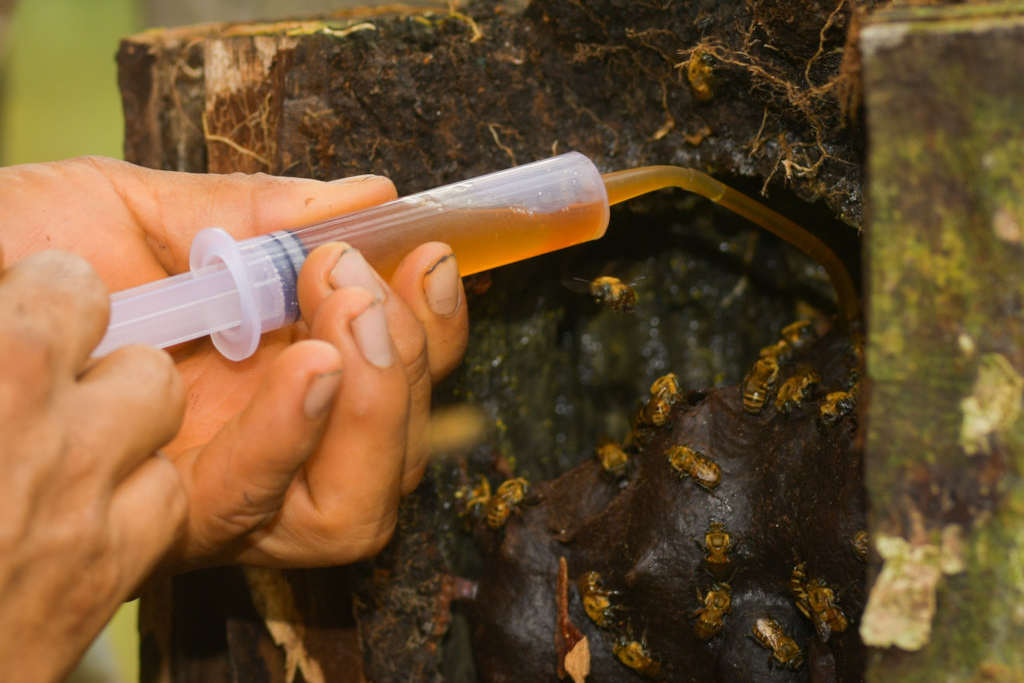
They extract the honey.
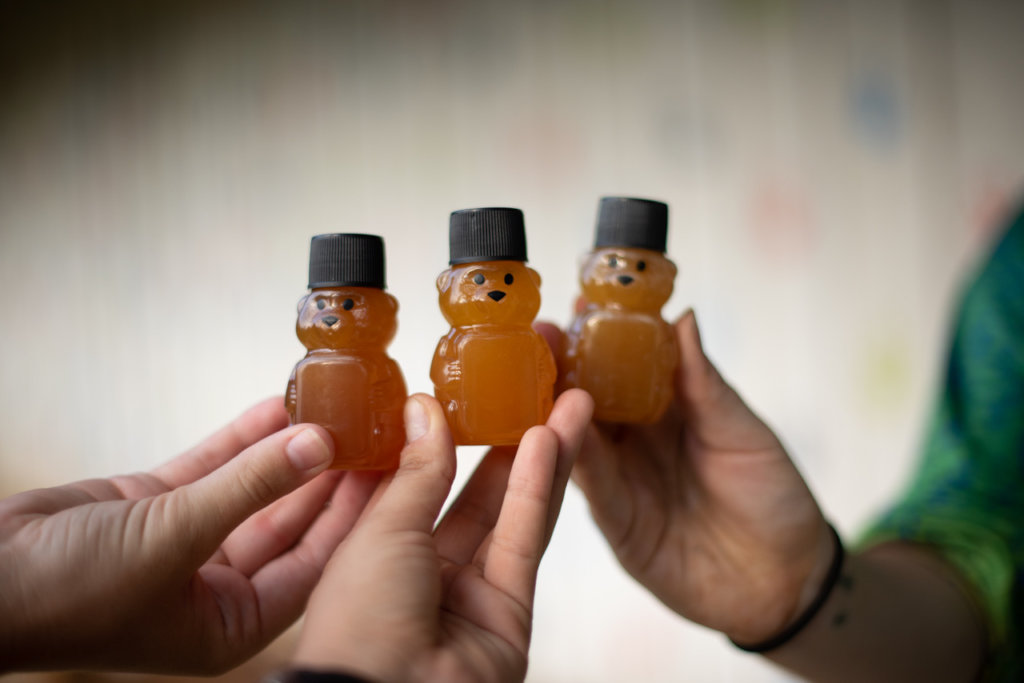
And they sell it at a premium price. Stingless beekeeping has helped some Maijuna families quadruple their annual income.
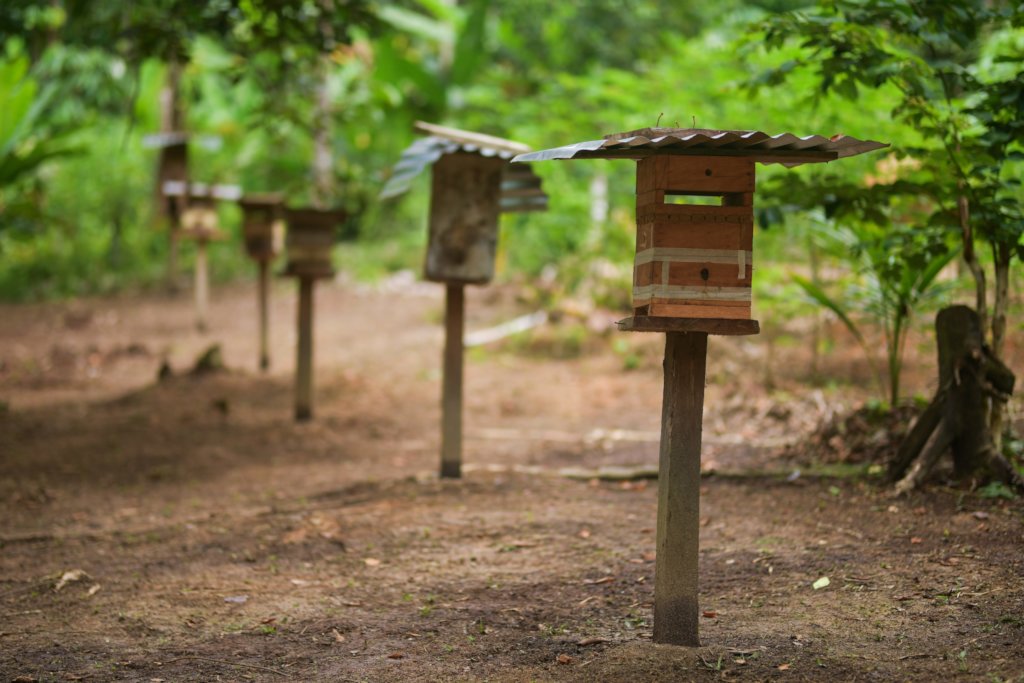
Since Sebastián started his hives with training from OnePlanet, they’ve multiplied.
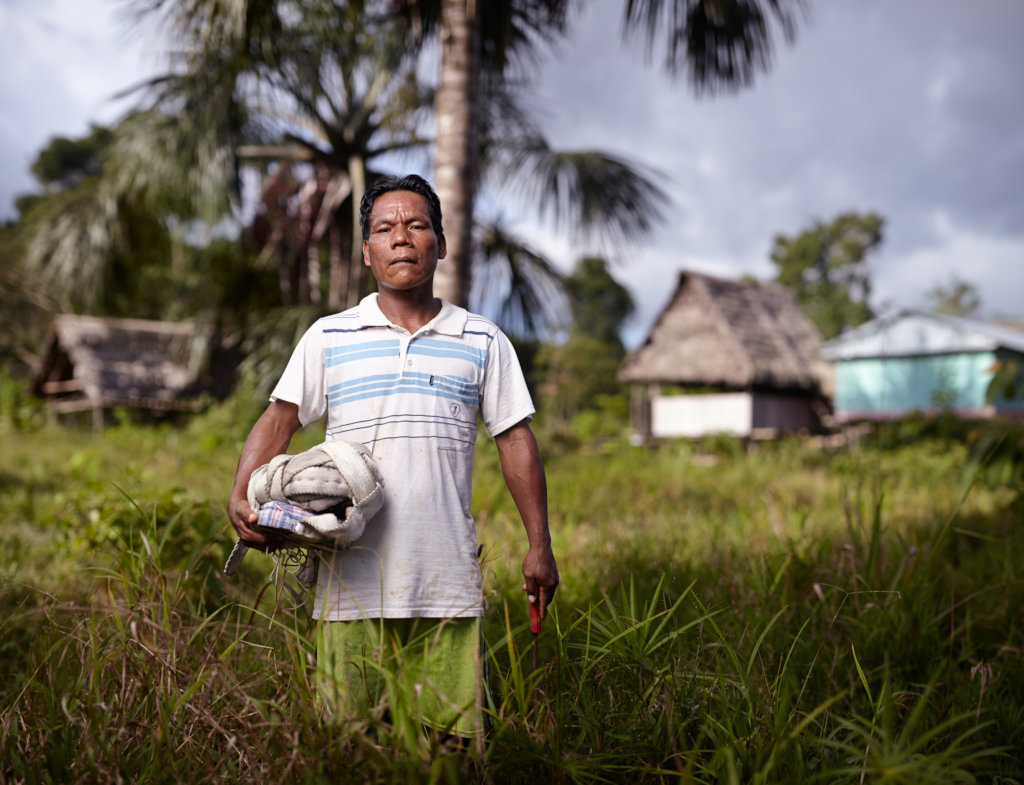
The beekeeping empire now includes hives for his children (this is his son Kent) and their families.
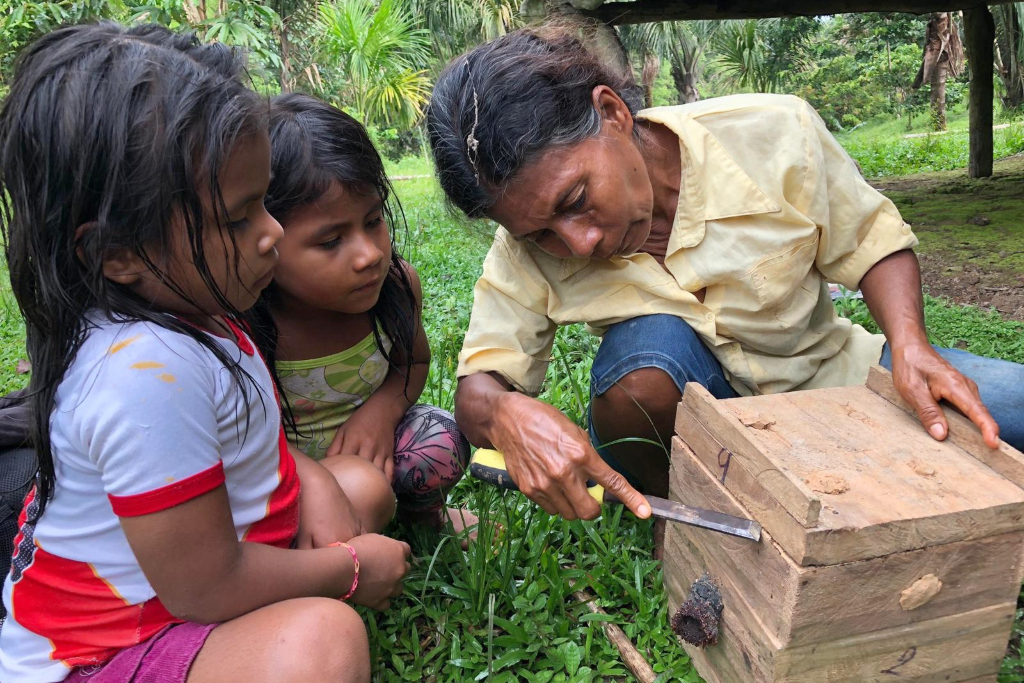
In all, Maijuna families are managing more than 300 stingless beehives.
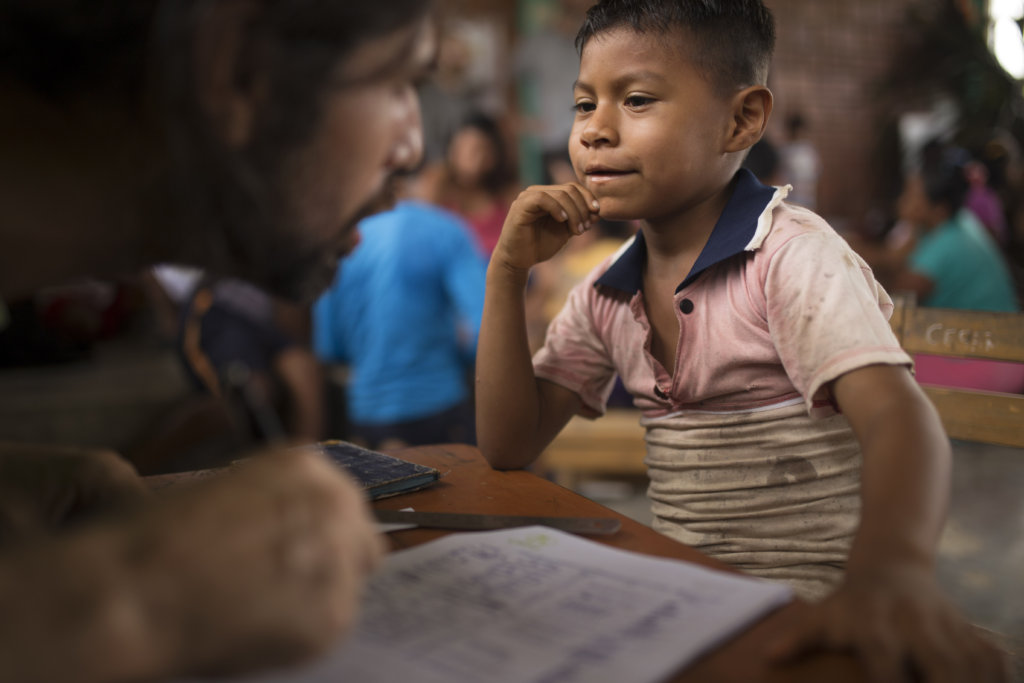
Jorge is one of the youngest beekeepers-in-training. He’s learning about stingless bees from his elders and at school.
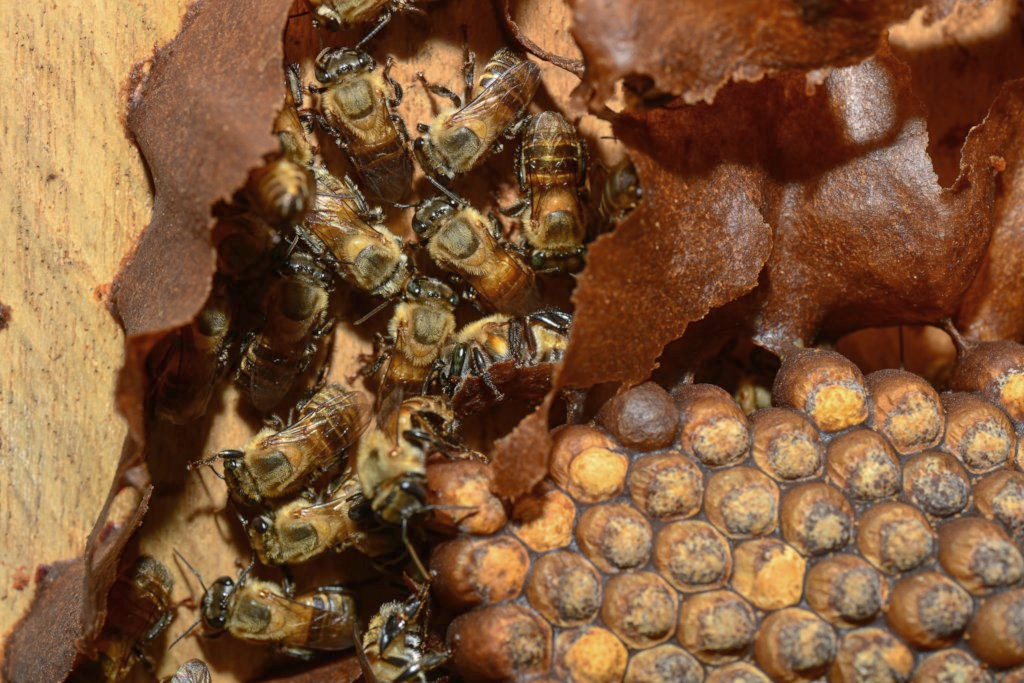
They’re preparing him to keep the hives alive and protect Maijuna lands for another generation.
Find exactly what you're looking for in our Learn Library by searching for specific words or phrases related to the content you need.